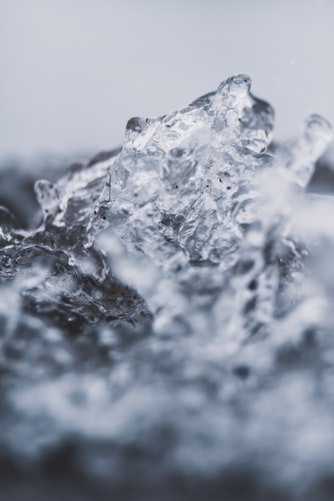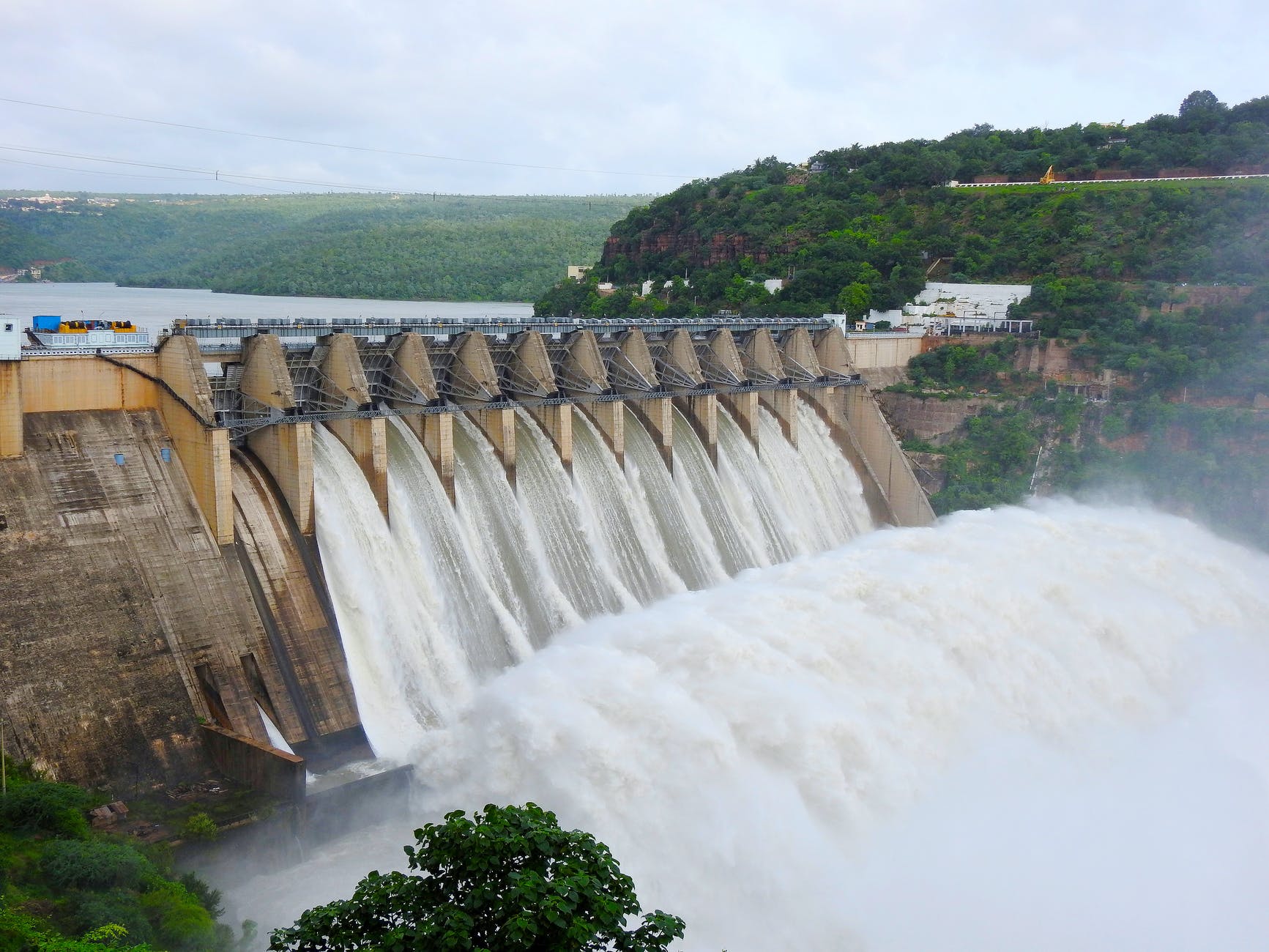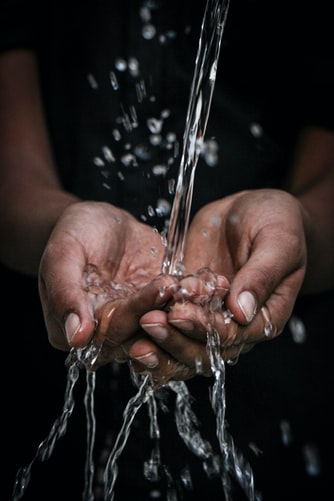Water treatment is any method that improves the standard quality of water so that it is suitable for use or consumption. These uses can include: industrial, drinking, irrigation, river circulation, household water supply, groundwater or any other applications. The standard quality of water needs to meet regulatory, health and safety, aesthetic, cost and other requirements. These are determined by governmental and nongovernmental organizations. There are several forms of water treatment available. Examples include reverse osmosis, carbon filtration, distillation, deionization, chemical precipitation, and other processes.
Water Treatment Methods
- Reverse osmosis is the process where wastewater is passed through a semi-permeable membrane, forcing water molecules through a two-step process. This treatment leaves behind molecules with larger hydrophobic heads and small hydrophobic tails. This treatment also removes small contaminants, which is a key element in most systems.
- Carbon filtration is a water treatment technique that involves the separation of volatile organic compounds from water. This is usually achieved by carbon absorption, through a process called adsorption, or through physical or chemical methods, such as catalytic reduction. In some cases, carbon granules are used as a method of removing excessive amounts of volatile organic compounds from water. Distillation, with heat to evaporate water, also removes unwanted materials. Salt treatment involves the use of high temperatures to reduce salt content in water.
- Deionization is another form of water treatment. It involves the separation of positively charged ions, usually sodium ions, from water. Normally, deionization uses a process called electrolysis. Water with reduced salt concentration is put in a container, and the negatively charged ions, or sodium ions, are exchanged with the positive ones, or chloride ions. The result is a purified water that has no salt.

Implementing Treatment Methods
Water treatment is often performed on municipal water supplies. There are large scale treatment plants that are designed to treat water for human consumption. These treatment plants vary in their methods and equipment. Some use reverse osmosis, which is a process where wastewater is passed over a bed of sand, and then the water is dried. Other use ultra-filtration, where water is passed over ultrafine porous membrane, trapping the larger water molecules. Other use ion exchange, where water is exchanged between the positive and negative groups of ions.
Alternative Forms Of Water Treatment
There are also home water treatment systems available. These systems can be as simple as a faucet mount filter, or can include a countertop unit, refrigerator storage, and dispenser refill kit. This type of system may be enough for some individuals who want to reduce their health risks. In addition, some of these systems are designed to remove certain contaminants, while leaving the beneficial minerals in. Home water treatment can also be achieved by making changes to one’s diet, making sure they get plenty of fluids, and avoiding exposure to chemicals, pollutants, and other harmful agents.
Overall what can be concluded about these different forms of water treatment available across the world is that there is still a massive demand for them. This is because in many different parts of the world there is still contaminated water and unhygienic drinking supplies. Widespread distribution of water treatment and purification of water supplies can help to improve public health and to prevent outbreaks of harmful diseases and bacteria.

